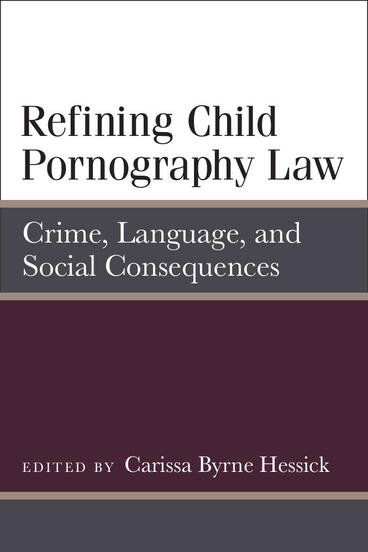Refining Child Pornography Law
Crime, Language, and Social Consequences
Legal experts, sociologists, and social workers debate the definition of child pornography, the punishment of offenders, and the protection of victims
Description
The legal definition of child pornography is, at best, unclear. In part because of this ambiguity and in part because of the nature of the crime itself, the prosecution and sentencing of perpetrators, the protection of and restitution for victims, and the means for preventing repeat offenses are deeply controversial. In Refining Child Pornography Law, experts in law, sociology, and social work examine child pornography law and its consequences in an effort to clarify the questions and begin to formulate answers. Focusing on the roles of language and crime definition, the contributors discuss the increasing visibility child pornography plays in the national conversation about child safety, and present a range of views regarding the punishment of those who produce, distribute, and possess materials that may be considered child pornography.
Carissa Byrne Hessick is the Anne Shea Ransdell and William Garland "Buck" Ransdell, Jr. Distinguished Professor at the University of North Carolina School of Law.
Reviews
“During the early days of the so-called ‘war on drugs,’ possession of marijuana could sometimes lead to a decades-long criminal sentence. In time, the need for reconsideration, and proportionality in sentencing, became apparent. The contemporary sentencing approach to child pornography offenses, including possession, requires an analogous re-examination. This text does an outstanding job of addressing the rationale for sentencing in child pornography cases, and in suggesting the need for potential change, in a thorough, scholarly, and thought-provoking manner.”
—Fred S. Berlin, Johns Hopkins University School of Medicine
News, Reviews, Interviews
Read: Carissa Byrne Hessick in The New York Times "Room for Debate" (Link) | 1/27/2016

